COVID-19 is triggering a massive rethink on urban living. Three York U experts consider the ways in which the pandemic is changing how we live together. All three underscore one thing: (in)equity must be at the heart of the analysis.
In late spring 2020, the premier of Ontario, alongside the mayor of Toronto, lifted the first COVID-19 lockdown in this city. Stores re-opened, restaurants re-gained some business via patio dining. The warm weather spurred Torontonians, tired of being cooped up in their homes, to venture outside. In fact, they flooded the streets. But the virus was still very much alive and capable of spreading. People were aware of the need for physical distancing.
“People were panicking in downtown Toronto because they realized the sidewalks are so narrow,” says Faculty of Liberal Arts & Professional Studies Professor Douglas Young.
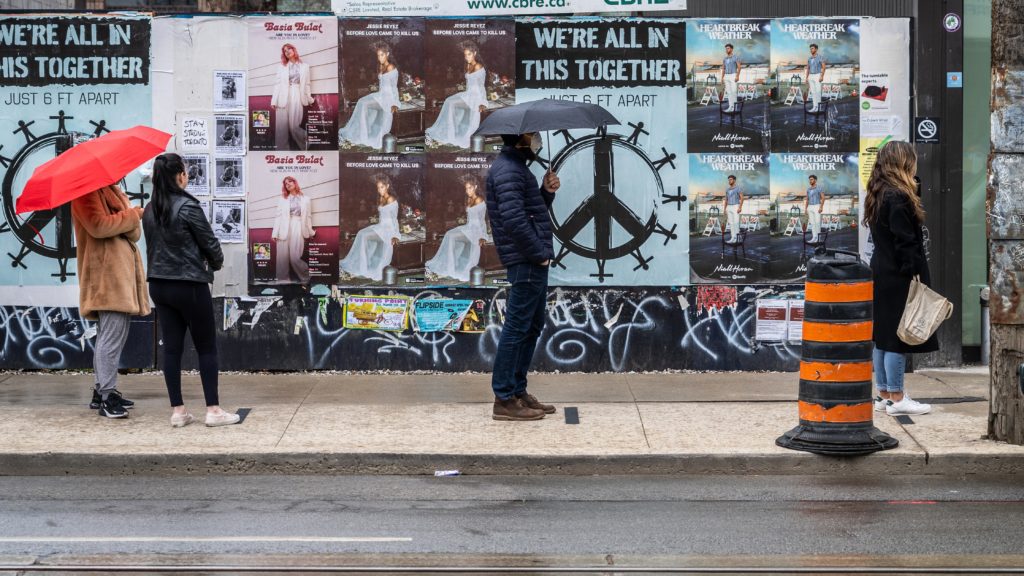
Most people living in populous cities before the pandemic had probably never considered the width of their sidewalks. “But with the new realization of a spreadable virus, there was this awakening: Why are the sidewalks so narrow? Why is there so much space given over to cars and why are pedestrians squeezed into narrow spaces?” says Young.
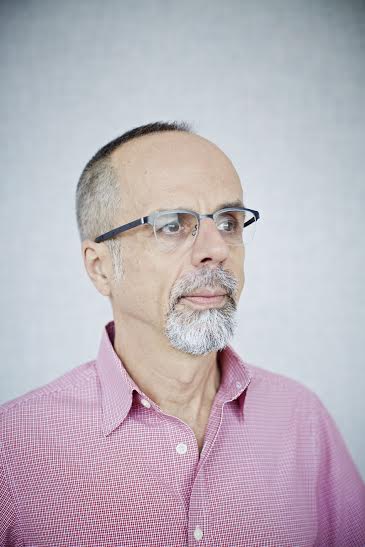
He also wonders if this moment will spark further reaction, post-pandemic. “Will there be a realization that too much space is devoted to cars?” says Young. “Will that start to drive policy? Will that lead to thinking about the quality of dwelling units or will we see the ‘same-old-same-old’ and keep building sky-high condos?”
The pandemic has, as we are all too aware, changed how we are living today. Many people are working from home. Real estate agents say there’s a notable interest in city dwellers wanting to live in less-crowded rural areas. Curiously, urban houses with swimming pools have shot up in value because the pandemic has crushed far-off vacation dreams.
However, Young and other York urban experts emphasize that all of this is pure speculation and, importantly, it’s not what we should be focusing on when it comes to urban issues. Instead, they say, the focus should be on inequity in cities. And to decipher the effect of the pandemic on inequity in urban settings, an understanding of density is essential.
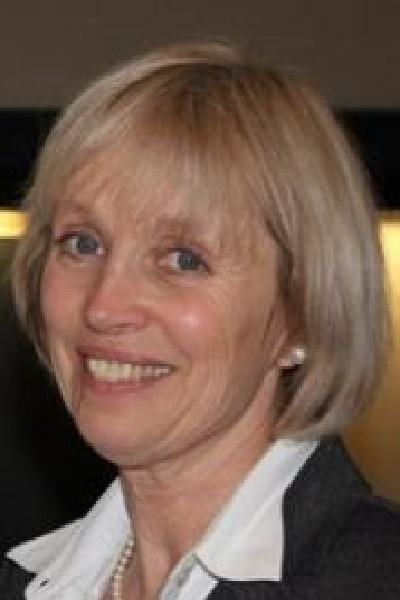
Professor Valerie Preston in the Faculty of Environmental and Urban Change, defines density as “the population per unit area.” As an example of high density, she points to the intersection of Don Mills Road and Sheppard Avenue East in suburban Toronto. The southeast corner is dominated by tall condos constructed close together on a relatively small area of land.
But on the north- and southwest sides of Don Mills Road, there’s a mix of townhouses, detached homes and older apartment buildings. Smaller buildings, spaced farther apart, means lower density.
Professor Roger Keil, also in the Faculty of Environmental and Urban Change, points out that density is relational. “It only means something when people are involved. And people use density in different ways.”
Keil adds another important dimension to the conversation: social density. “What do people do in a particular area? An area such as the tall bank towers in downtown Toronto have high density, but only during the day, because by midnight, no one’s there,” he says.
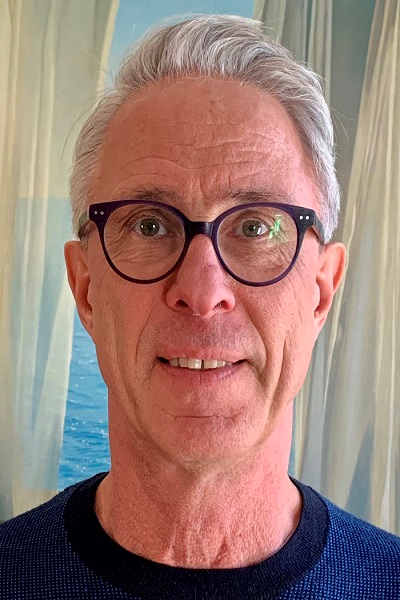
Meanwhile, not far from the bank towers are new, tall condo buildings, squeezed closely together: CityPlace. This is a new conglomeration of condos in an area formerly occupied by factories and rail lands. This kind of social density can mean overcrowding, Keil explains. “Too much social density in built density results in overcrowding. Too many people, per square metre in, for example, an apartment unit. That’s why this topic is so urgent in this time of pandemic.”
Young, Keil and Preston all stress that overcrowding, not density, is at the heart of urban inequity, pandemic or not.
Overcrowding exists in numerous parts of the city and in ways that many would find surprising. Preston points out that women are at higher risk of contracting COVID-19 than men. Why? Women tend to occupy certain high-risk occupations, such as personal support workers (PSWs). Also, in single-vehicle households occupied by a male and female couple, statistics show that the man drives the car more readily than the woman. This means that more women use public transit, which may raise a person’s risk of contracting the virus.
Preston also notes that in Toronto, essential workers are disproportionately concentrated in neighbourhoods in the northwest and in the east, where the only form of public transportation is Toronto Transit Commission (TTC) buses.
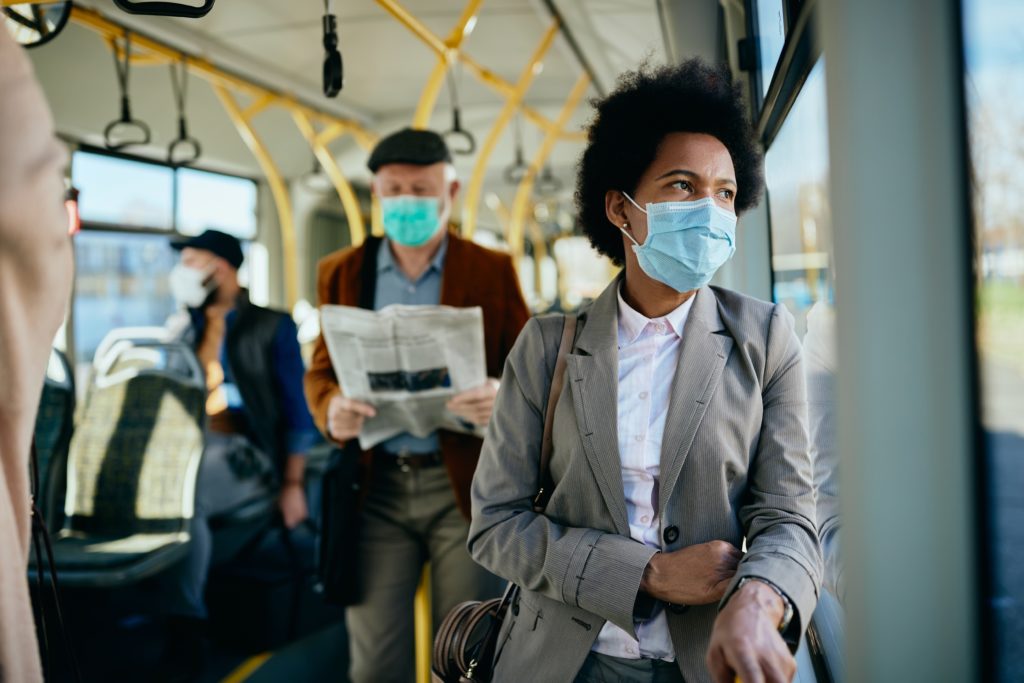
“The TTC is putting in express bus routes. That’s great, but they’re planning to remove bus stops along those express routes,” she explains. “Essential workers, like cashiers and PSWs, use the buses. And many of them are women. So now you have fewer buses, overcrowded buses, and the bus system is putting some of those essential workers at risk.”
The same inequity is seen in housing: While some city dwellers are able to uproot themselves and do their work on a laptop in a less dense setting, Keil points out the work-from-home population makes up only about 40 per cent of Toronto’s workers.
The other 60 per cent have to stay in the city, often working at lower paying jobs that require them to go somewhere – a supermarket, warehouse, long-term care setting. Additionally, this 60 per cent often face overcrowding in their residence.
“Where overcrowding gets compounded is in apartment buildings where you find multi-generational families living in a two-bedroom unit,” Young adds. “Aside from COVID-19, living in an overcrowded situation like that is not healthy in terms of hygiene or mental or physical health.”
What can be done? What should a post-pandemic urban re-think on inequity look like?
Preston emphasizes that the inequity in housing laid bare by the pandemic must be addressed urgently. “Renters in big cities are much more likely to live in crowded housing. That’s particularly true for low-income renters. Providing more affordable housing must be a top priority. We must also remember that the housing crisis isn’t only in cities. Indigenous peoples living in isolated areas of Canada have dreadful housing. We can’t ignore that.”
Keil says the pandemic has exposed and exacerbated inequity, but he also believes that Black Lives Matter (BLM) is playing a huge role. “Because of BLM, now we have conversations about who has the minimum wage jobs and who is in the factories where we have the outbreaks. We see the outbreaks in our cities and see they are not about culture but about structural underfunding of public health and healthcare. BLM is creating a new type of urban politics. In related work I have been doing with colleagues on the pandemic, we are calling this ‘a democratic moment’ … and we need to act on it.”
Young believes that, as bad as the pandemic has been, it has brought to light a renewed appetite to re-design cities with less of an emphasis on roads and cars. “Cities in Europe and Asia are moving forward boldly in making sidewalks wider and improving public transit. By contrast, Toronto has been incredibly timid, citing a lack of money. But COVID has shown us that when there’s a crisis, there is money. The risk is, if we don’t act on this moment, we’ll lose this opportunity.”
To learn more about Young, visit his Faculty profile page. To learn more about Keil, visit his profile page. To learn more about Preston, see her Faculty profile page.
To learn more about Research & Innovation at York, follow us at @YUResearch; watch our new animated video, which profiles current research strengths and areas of opportunity, such as Artificial Intelligence and Indigenous futurities; and see the snapshot infographic, a glimpse of the year’s successes.
Paul Fraumeni is an award-winning freelance writer, who has specialized in covering university research for more than 20 years. To learn more, visit his website.
